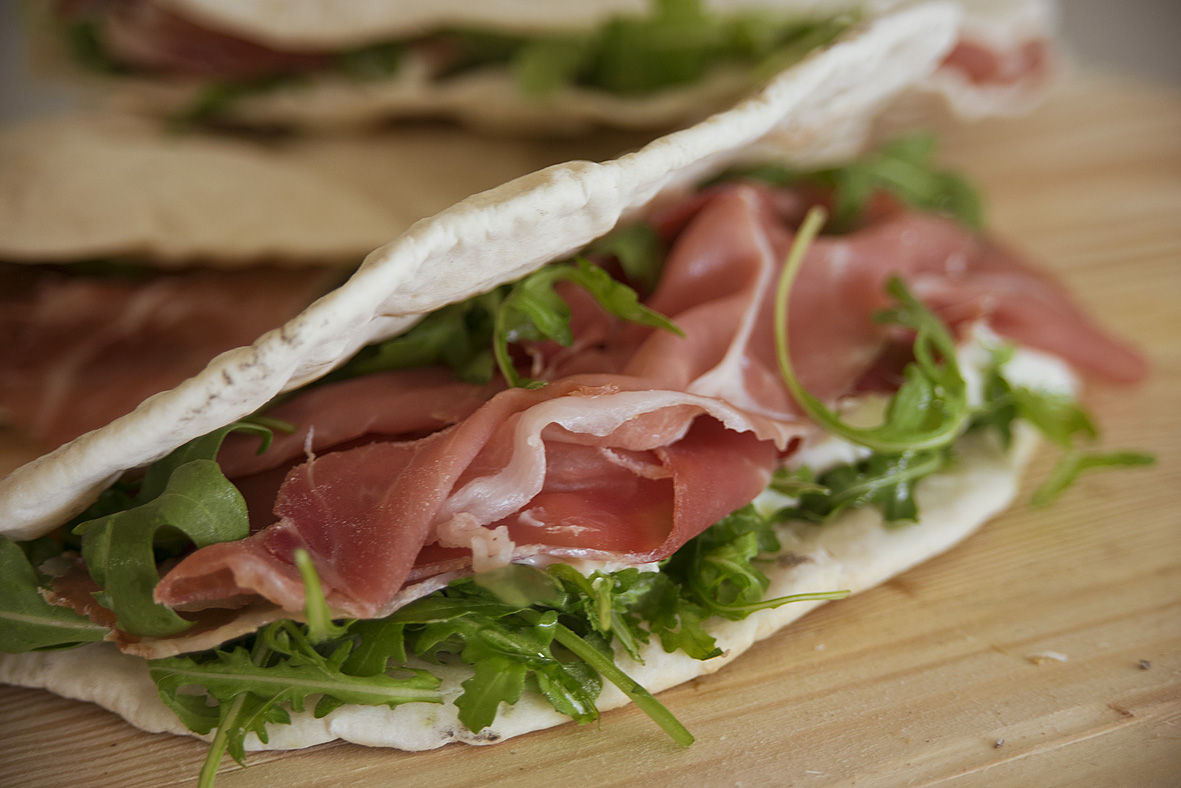[vc_row][vc_column width=”1/4″][mk_image src=”https://www.alfaforni.com/wp-content/uploads/2023/06/flame.png” image_size=”full” title=”200°C / 390°F” desc=”Cooking” caption_location=”outside-image” align=”center”][/vc_column][vc_column width=”1/4″][mk_image src=”https://www.alfaforni.com/wp-content/uploads/2023/06/crono.png” image_size=”full” title=”2/3 min” desc=”Time” caption_location=”outside-image” align=”center”][/vc_column][vc_column width=”1/4″][mk_image src=”https://www.alfaforni.com/wp-content/uploads/2023/06/6p.png” image_size=”full” title=”Doses” caption_location=”outside-image” align=”center”][/vc_column][vc_column width=”1/4″][mk_image src=”https://www.alfaforni.com/wp-content/uploads/2023/06/1s.png” image_size=”full” title=”Difficulties” caption_location=”outside-image” align=”center”][/vc_column][/vc_row][vc_row][vc_column][mk_padding_divider][/vc_column][/vc_row][vc_row][vc_column][mk_title_box font_family=”none”]The piadina is definitely one of the most popular and esteemed recipes of Emilia-Romagna cuisine. Its origins date back to Etruscan civilization (600 BC). Etruscans used to prepare a cerealbased batter that they shaped into a rounded flat loaf. It was then absorbed into the Ancient Roman cuisine where it was eaten among the upper class members. Over time, of course, the flours composing the piadina have changed and it became one of the staple of street food with countless stalls selling it to the beachgoers of Romagna sea-resorts.[/mk_title_box][/vc_column][/vc_row][vc_row][vc_column][mk_padding_divider][/vc_column][/vc_row][vc_row][vc_column][mk_title_box font_family=”none”]Ingredients[/mk_title_box][/vc_column][/vc_row][vc_row][vc_column width=”1/4″][mk_title_box font_family=”none”]1 kg “00” flour[/mk_title_box][/vc_column][vc_column width=”1/4″][mk_title_box font_family=”none”]100 gr lard[/mk_title_box][/vc_column][vc_column width=”1/4″][mk_title_box font_family=”none”]a pinch salt[/mk_title_box][/vc_column][vc_column width=”1/4″][mk_title_box font_family=”none”]water q. s.[/mk_title_box][/vc_column][/vc_row][vc_row][vc_column][mk_padding_divider][/vc_column][/vc_row][vc_row][vc_column width=”1/2″][mk_image src=”https://www.alfaforni.com/wp-content/uploads/2023/06/piadina-4.jpg” image_size=”full”][/vc_column][vc_column width=”1/2″][mk_title_box font_family=”none”]1 Put the flour onto the pastry board and make a well. Add the lard and the warm water or milk. Knead dough but don’t work it too much to prevent bubbling during cooking. Let it rest for an hour.[/mk_title_box][/vc_column][/vc_row][vc_row][vc_column width=”1/2″][mk_image src=”https://www.alfaforni.com/wp-content/uploads/2023/06/piadina-6.jpg” image_size=”full”][/vc_column][vc_column width=”1/2″][mk_title_box font_family=”none”]2 On the floured board, stretch the dough with the rolling pin to about 2/3 mm thick.[/mk_title_box][/vc_column][/vc_row][vc_row][vc_column width=”1/2″][mk_image src=”https://www.alfaforni.com/wp-content/uploads/2023/06/piadina-8.jpg” image_size=”full”][/vc_column][vc_column width=”1/2″][mk_title_box font_family=”none”]3 Before baking, pierce the dough with a fork to cook the inside better.[/mk_title_box][/vc_column][/vc_row][vc_row][vc_column width=”1/2″][mk_image src=”https://www.alfaforni.com/wp-content/uploads/2023/06/piadina-9.jpg” image_size=”full”][/vc_column][vc_column width=”1/2″][mk_title_box font_family=”none”]4 Bake 2/3 minutes and fill it with the ingredients that you prefer. The classic filling is prosciutto (dry-cured ham), arugula and Squacquerone (local soft cheese).[/mk_title_box][/vc_column][/vc_row][vc_row][vc_column][mk_padding_divider][/vc_column][/vc_row][vc_row][vc_column css=”.vc_custom_1686558918411{padding-top: 1px !important;padding-right: 1px !important;padding-bottom: 1px !important;padding-left: 1px !important;background-color: #f5f5f5 !important;}”][mk_title_box font_family=”none”]CHEF ADVICE: Use milk instead of water if you want a softer piadina. You can use olive oil instead of lard.[/mk_title_box][/vc_column][/vc_row]



